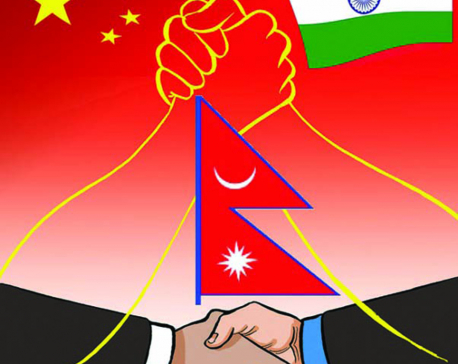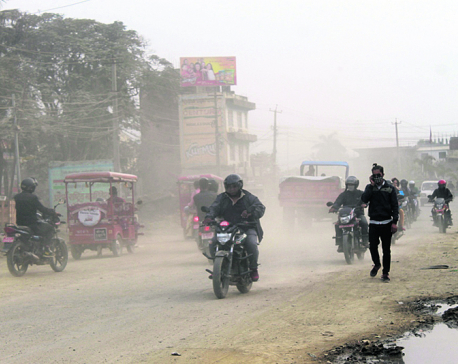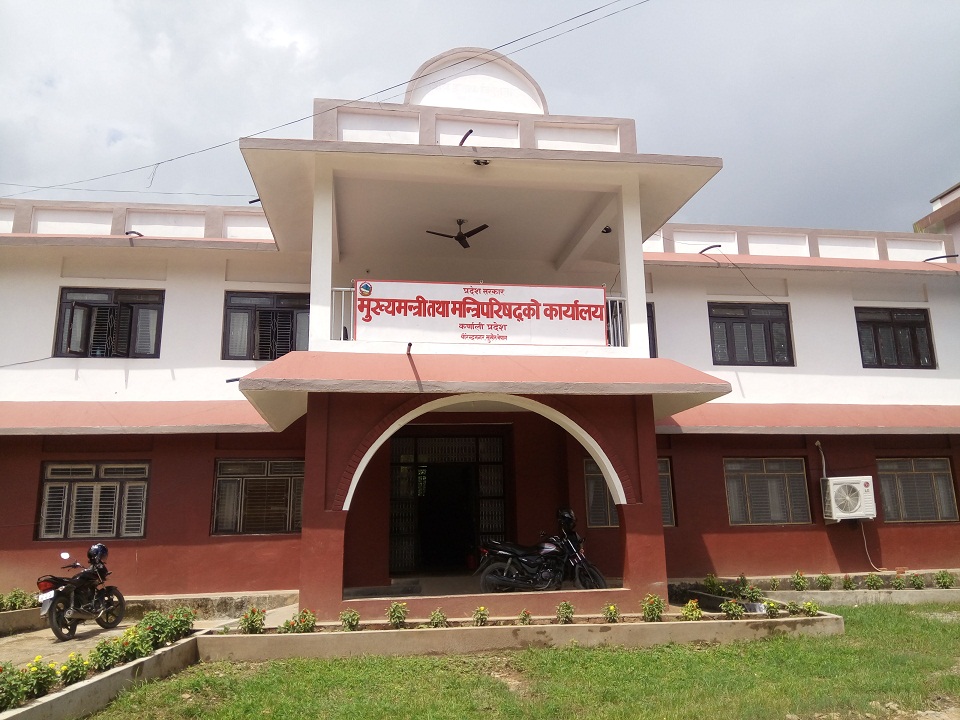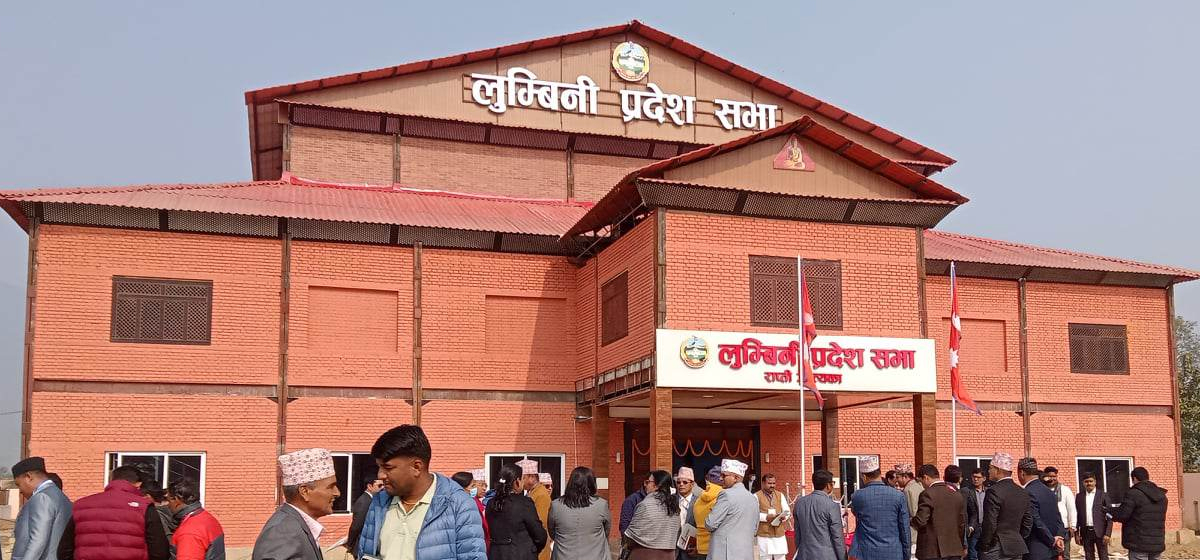
OR
India’s demonetization
Even in Kathmandu, which is hundreds of kilometers away from the main Indo-Nepal trading points, perhaps nine out of ten shops will (illegally) accept Indian currency notes. In Tarai-Madhesh abutting India, the use of Indian currency for transitional purposes is still more widespread. This is why the sudden decision of Indian government to demonetize its 500- and 1,000-denominated currency notes on November 8th created panic in Nepal.
According to Nepal Rastra Bank (NRB), around 33.8 million worth of 500 and 1,000 denominations Indian currency notes are in Nepal’s banking channels right now. But a much-much bigger share of these two denomination notes is outside the formal banking channel: around 10 billion worth of it, as per the FNCCI. Millions of Nepalis currently hold some Indian currency of the recently demonetized denominations. But more than three weeks after India’s momentous decision, they still don’t know what to do with these notes in their possession. There is this confusion even though Indian Prime Minister Narendra Modi had assured his Nepali counterpart, over three weeks ago, that Nepali citizens in possession of demonetized notes would soon, and easily, be able to make the switch.
As if to further reassure Nepal, India had also promptly set up a high-level committee to study how such exchanges in Nepal could be expedited. But nothing has come of it. Nepal has since repeatedly requested the Indian government and its central bank, the Reserve Bank of India, to arrange for such exchange facilities for Nepali nationals, but to no avail. In fact, we learn that NRB even floated a modality before the Indian central bank on how NRB would collect demonetized banknotes by keeping black money and counterfeit currency out, again to little effect. One of the reasons for the tardy Indian response could be that it is struggling to meet the surging demand for legal tender in its own country and so it has little to spare for Nepal. While it’s a legitimate reason, it offers no solace to the Nepalis who, legitimately, hold considerable amounts of the demonetized denominations. If they cannot get these notes exchanged by the cut-off date of December 31st, their money will be worthless.
Deliberate or not, the long delay in responding to Nepal’s request for exchange facilities is likely to be viewed in Nepal as yet another instance of Indian high-handedness and its big brotherly attitude. Not long after the blockade the Indians had, unilaterally, and without any good reason, refused to import Nepali ginger, resulting in great loss to Nepali farmers in eastern Nepal who ruefully witnessed their produce rot. India likes to make a lot of our ‘roti-beti’ relations and how Nepal can take advantage of its economic growth through more cross-border linkages. But the overnight decision to demonetize its currency notes and its reluctance to take back old money will make many Nepali cross-border traders jittery. Who is to guarantee that the ill-prepared demonetization scheme won’t be repeated in, say, five years? They will ask themselves if they aren’t better off holding Nepali currency, which suddenly appears a much safer bet. Meanwhile, India’s image problem in Nepal only gets worse.
You May Like This

The three-body problem
The efforts of Oli government in restoring relations with India should not be taken as obstacle to continued closeness of... Read More...

Dust problem in Biratnagar turns acute
BIRATNAGAR, Jan 6: On Wednesday, Dinesh Rajbanshi of Birtnagar-6 had to travel back and forth from his home and bordering Indian... Read More...

Haunting image of Syrian boy rescued from Aleppo draws outrage
BEIRUT, Aug 18: Syrian opposition activists have released haunting footage showing a young boy rescued from the rubble in the... Read More...




Just In
- Pak Embassy awards scholarships to 180 Nepali students
- President Paudel approves mobilization of army personnel for by-elections security
- Bhajang and Ilam by-elections: 69 polling stations classified as ‘highly sensitive’
- Karnali CM Kandel secures vote of confidence
- National Youth Scientists Conference to be organized in Surkhet
- Rautahat traders call for extended night market hours amid summer heat
- Resignation of JSP minister rejected in Lumbini province
- Russia warns NATO nuclear facilities in Poland could become military target














Leave A Comment